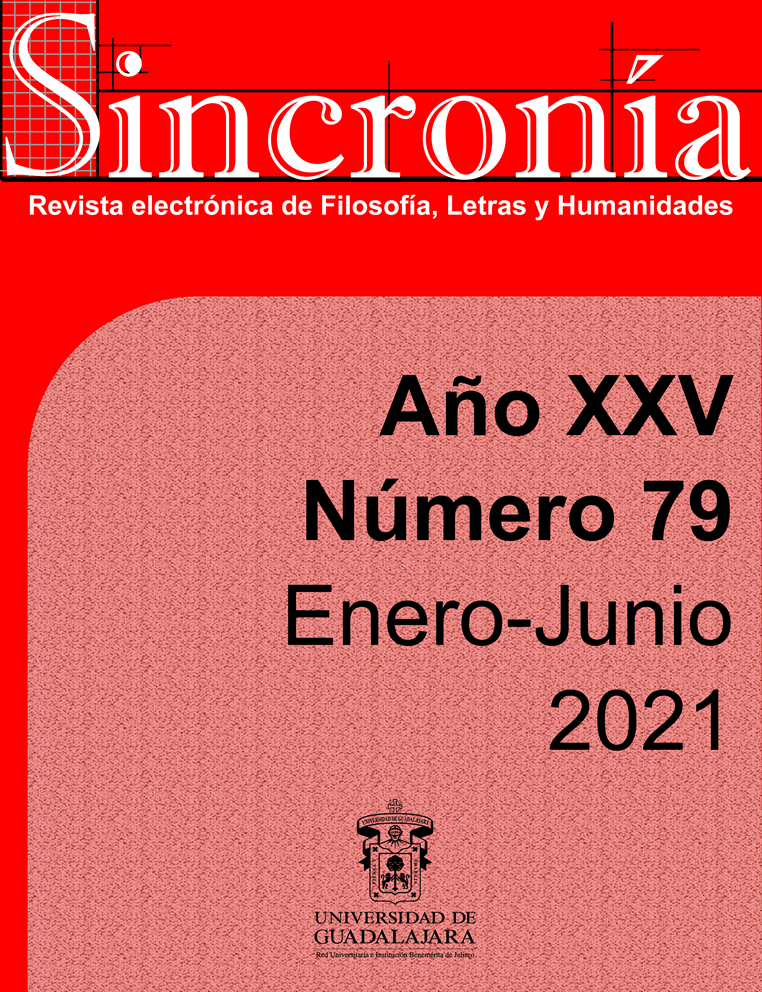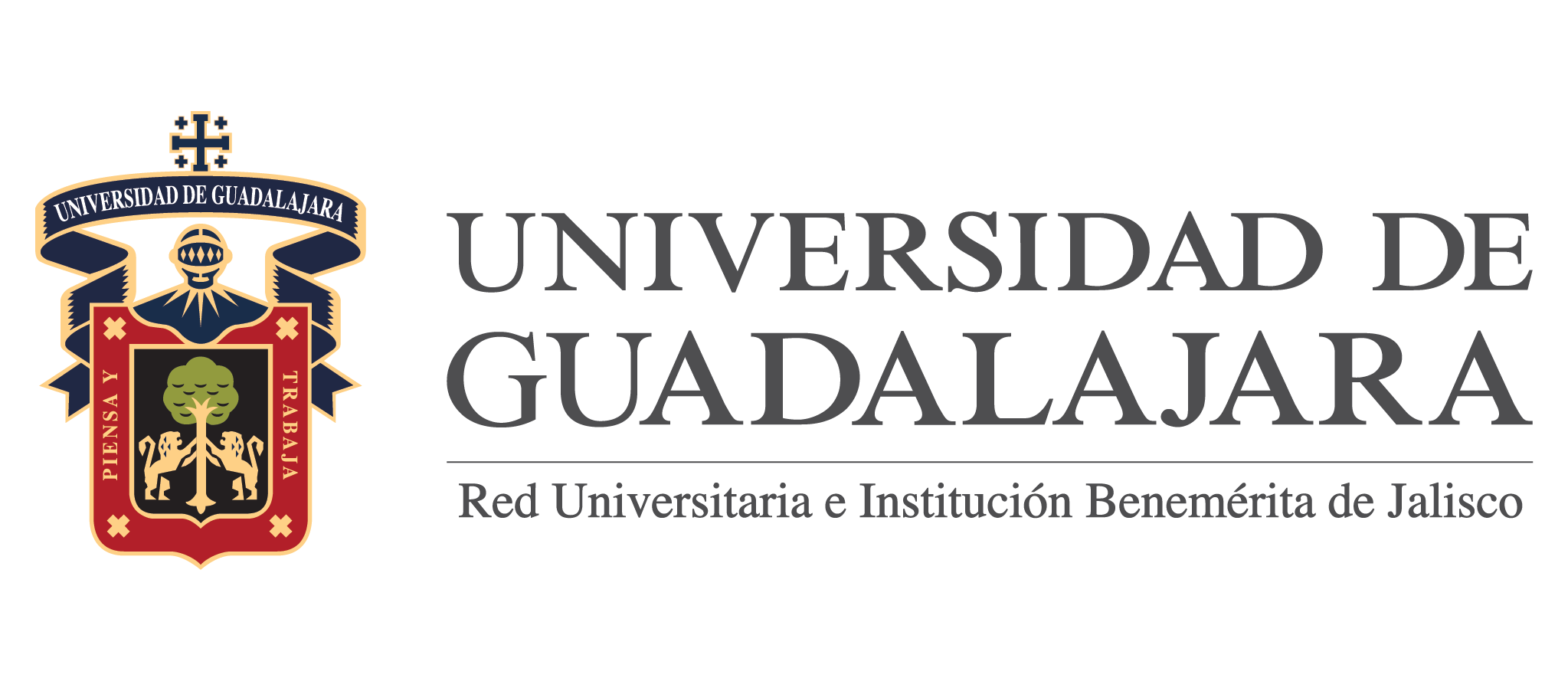Dream, Poetry and Latin American Reality in Gabriel García Márquez’s Me alquilo para soñar
Keywords:
Recreation., Verisimilitude., Reader., Solitude., Europe.Abstract
The present article reviews the configuration of dream as the fantastic and poetry as another dimension of reality, in the short story “Me alquilo para soñar” by García Márquez. Three dimensions are highlighted in which three main characters are embodied: the life-dream, the life-poetry and the life-narrative, which share creation as a common foundation. The main objective is to demonstrate that the mechanism of creation is the same, the imaginative recreation, and to analyze the strategy of verisimilitude conjoining the perspective of the experience of the reader, in order to scrutinize the reality of Latin Americans who are presented to the reader in this short story.
Downloads
References
Bal, M. (1990). Teoría de la narrativa. (Una introducción a la narratología). Trad. J. Franco. Madrid: Cátedra.
Booth, W. C. (1983). The Rhetoric of Fiction. Chicago: University of Chicago.
Brushwood, J. S. (1985). Reality and Imagination in the Novels of Garcia Marquez. Latin American Literary Review 13 (25), 9-14.
Chatman, S. (1978). Story and Discourse (pp. 146-151). Ithaca: Cornell University.
Gabás, R. (1990). El libre juego de facultades: belleza y conocimiento en Kant. Enrahonar. An International Journal of Theoretical and Practical Reason 16, 41-56.
García, G. (1992). Doce cuentos peregrinos. Madrid: Mondadori.
García, G. (2014). La soledad de América Latina. Discurso de aceptación del Premio Nobel 1982. Educere: Revista Venezolana de Educación 59, 167-170.
Garrido, M. Á. (2015). Diccionario español de términos literarios internacionales. Madrid: Consejo Superior de Investigaciones Científicas, Recuperado de http://www.proyectos.cchs.csic.es/detli/sites/default/files/Narratario.pdf
González, R. (1984). Cien años de soledad: The Novel as Myth and Archive. MLN 99 (2), 358-380.
Houvenaghel, E. (1999). La doble retórica de lo verosímil en Doce cuentos peregrinos. Neophilologus 83 (1), 59-71.
Kim, S. H. (2017). Invisible Line in the Korean Modern Novel Text. The Journal of Modern Literary Theory 70, 31-55.
Lee, K. M. (2019). Recepción de la literatura de Roberto Bolaño en Corea. Hispania 102 (2), 179-190.
Ortiz, B. (1990). Raíces del sueño. México: Consejo Nacional para la Cultura y las Artes.
Rodríguez, S. (2018). Kafka y Brecht. Entre el hacha y el asombro. Medellín: Instituto Tecnológico Metropolitano.
Rodríguez, I. (1994). Escritura, creación y destrucción en Doce cuentos peregrinos de Gabriel García Márquez. Hispanic Journal 15 (2), 345-359.
Sanabria, C. (2001). ¿Extraños peregrinos o extraño peregrinaje? Un acercamiento a los últimos cuentos de García Márquez. Filología y Lingüística 27 (1), 53-66.
Shelley, P. B. (1998). “A Defense of Poetry” (pp. 944-956). En Romanticism: An Anthology. Oxford: Blackwell.
Downloads
Published
How to Cite
Issue
Section
License

This work is licensed under a Creative Commons Attribution-NonCommercial 4.0 International License.
You are free to:
- Share — copy and redistribute the material in any medium or format
- Adapt — remix, transform, and build upon the material
- The licensor cannot revoke these freedoms as long as you follow the license terms.
Under the following terms:
- Attribution — You must give appropriate credit , provide a link to the license, and indicate if changes were made . You may do so in any reasonable manner, but not in any way that suggests the licensor endorses you or your use.
- NonCommercial — You may not use the material for commercial purposes .
- No additional restrictions — You may not apply legal terms or technological measures that legally restrict others from doing anything the license permits.




























